What to pack for the Camino de Santiago
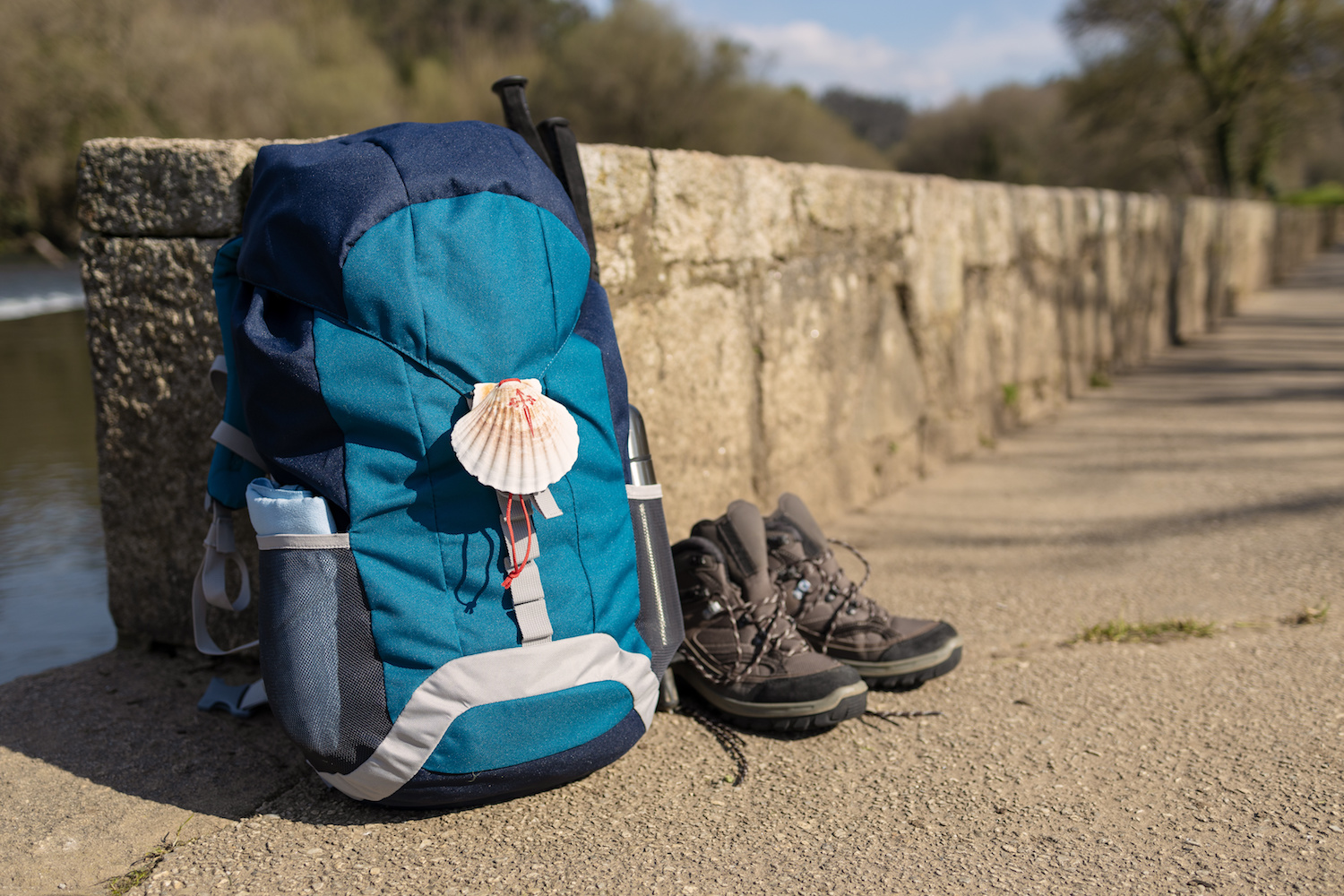
Estimated reading time: 17 minutes
The Camino de Santiago is much more than just a walk. It's a transformative experience, made up of overcoming, silence, encounters and inner discoveries. Each stage challenges the body, but above all awakens the mind and heart, offering you the chance to reconnect with yourself and the world around you.
In order to live this journey with peace of mind and make the most of every moment, it's essential to prepare your backpack, your inseparable companion along the way. Knowing what to take and what to leave behind makes all the difference to your comfort, your energy and even the way you experience the journey.
That's why we've put together this practical checklist with everything you need to set off with confidence, lightness and an open mind to what the Camino has to offer. From backpack essentials to the little tips that only those who have walked the Camino know, here you'll find the perfect guide to prepare yourself and take the first step towards Santiago with confidence and enthusiasm.
Contents
1. Essential documents
Having the right documents with you is essential to avoid unnecessary worries during the Camino. These items not only make your experience easier, but also ensure that you have everything you need to enjoy the albergues and obtain the Compostela at the end of the journey.
Make sure you have everything you need before you leave:
- Pilgrim's Credential (to be stamped at the hostels and obtain the Compostela).
- ID card or passport.
- European Health Insurance Card (if applicable) or travel insurance.
- Cash (not all hostels and cafés accept cards).
- Digital copies of documents (stored on your phone or in the cloud).
Our suggestion: Credential Kit + Pilgrim's Shell
This is our essential kit for setting off on the right foot. For us, the Way really begins with this gesture: holding the Credential and hang the Pilgrim's Shell in the backpack. More than objects, they are symbols of commitment, belonging and everything that the Way represents. A Credential will record every step with stamps and memories - and in the end, it will be one of the most valuable souvenirs of the trip. A ShellThis is the universal sign that you're on your way, and it opens up many conversations, smiles and gestures of mutual help along the way. We've put the two together in a practical and beautiful kit, ready to accompany anyone preparing to live this transformative experience. Order yours here.
2. The ideal backpack
Your backpack will be an extension of your body during the Camino. Take only the essentials to keep the weight down, but make sure it includes quality items that fit your body well.
Your backpack will be your best companion, so choose well:
- Lightweight backpack (30-40L) with lumbar support and comfortable straps.
- Tip: Keep the total weight of your backpack to 10% of your body weight.
Our suggestion: Mountain hiking backpack - MH500 38L
We recently tried it out on a long hike and we were fans.
The 38-liter capacity proved to be perfect: more than enough space for everything essential on the Camino - no excess, no unnecessary weight. The ventilation system on the back made all the difference on the hottest days, keeping us dry and comfortable. And the foam padding on the shoulder straps and waist helped distribute the weight evenly, relieving a lot of the load over the kilometers. Another point we appreciated was the numerous compartments, which make it easier to organize and avoid that chaotic backpack where you can never find anything. All this at an excellent price-quality ratio. Check out this backpack here.
3. Clothes
Choosing the right clothes is crucial for your comfort. Lightweight, functional and quick-drying clothes ensure that you can walk without worrying about the weather or excessive weight.
Opt for light, functional and quick-drying clothes:
- 2-3 t-shirts or technical shirts.
- 2 light pants (one that can be transformed into shorts is ideal).
- 2-3 pairs of hiking socks (without seams to avoid blisters).
- Hat to protect you from the sun.
- Thermal clothing (if you're hiking in colder seasons).
- Waterproof for rain that also covers the backpack
Our suggestion: Yellow Arrow Cap
Our yellow arrow cap is light, comfortable and made for long days on the Camino. Made from washed brushed cotton, it has a soft touch, a pre-shaped visor, discreet ventilation and an adjustment with a brass effect buckle - all designed to be worn comfortably throughout each stage. The yellow arrow embroidered on the front in cotton thread is the detail that makes the difference: a discreet but powerful symbol that reminds you at every step that you're on the right track. Order yours here.
Our suggestion: Hiking Polar
If there's one question we all have before packing our backpack, it's: "What do I take to keep warm?". Before you start stuffing your backpack with heavy sweaters and jackets, take a look at these essentials: the walking polar. Lightweight, breathable, stretchy and with a lined hood, it's the only jacket we take with us - whether it's a thin version (ideal from April onwards) or a thicker one for the cold months. They may look thin, but believe me: as soon as you start walking, your body warms up and you realize you've chosen the right jacket. What's more, they take up very little space in your backpack. A real essential on the Camino. Models available:
Women - slim version e hot version
Men - slim version e version hot
Our second suggestion: Rain cover with backpack protection
If there's one item that's never missing from our backpack, it's this one raincoat with backpack protection included. É waterproof, lightweight and long-sleevedprotecting you from your wrists to your knees - and best of all: includes integrated backpack protectionThis makes the process much quicker and more efficient, even when the rain catches you off guard. Although it is designed for backpacks up to 60L, we always recommend this version, even if you're carrying a smaller backpack - it's easier to put on and take off and offers more freedom of movement. And when the sun comes out again? It folds up easily, takes up little space and is practically weightlessThat's why he's always with us. You can find it here. Discover 7 more tips for staying dry on rainy days in our article.
4. Footwear
Your feet will bear the brunt of the journey, so choose quality, tried and tested footwear. Taking good care of your feet during the Camino is essential if you want to reach your destination without pain or injury.
Your feet are your greatest treasure on the Way!
- Hiking boots or sneakers (already worn and comfortable). For complete information on how to choose the best footwear, taking into account the type of foot and the time of year, check out this comprehensive article.
- Slippers to wear in hostels or to rest.
- Tip: Test your shoes with your socks before you set off to avoid surprises.
Our suggestion: MH500 waterproof hiking shoes
These hiking shoes surprised us positively from the very first step. O comfort is immediate and remains so even after long hours of walking - which, on the Camino, makes all the difference. You always feel safe thanks to the excellent ground gripeven on uneven or sloping areas. But what really won us over was the fact that they were waterproofOn the days when the rain took us by surprise, our feet stayed dry and protected - and that's gold on the Camino. If you're looking for reliable, comfortable footwear that's ready for any conditions, these sneakers are a safe bet. You can see the sneakers for man and to woman.
5. Hygiene and Personal Care
Keeping yourself clean and comfortable is an important part of your Camino experience. Having a compact and effective hygiene kit can make all the difference at the end of each stage.
Small but indispensable items:
- Toothbrush and toothpaste.
- Biodegradable soap (you can use it to wash clothes and body).
- Compact, quick-drying towel.
- Sunscreen and lip balm.
First aid kit (includes the following essential items):
- Band-aids for small cuts or scratches.
- Disinfectant or alcohol gel to clean wounds.
- Sterile compresses to cover larger wounds.
- Painkillers (such as paracetamol or ibuprofen) for pain or fevers.
- Anti-inflammatory ointment to treat sprains or minor muscle injuries.
- Anti-friction cream
- Antiallergic drugs (such as antihistamines) in case of allergic reactions.
- Small scissors or scissors for cutting bandages or adhesive tape.
- Adhesive tape (such as adhesive plaster) to fix bandages or compresses.
- Tweezers for removing splinters or thorns.
- Saline solution to wash wounds or moisturize eyes.
- Disposable gloves to treat wounds without contamination.
This compact kit can be stored in a small bag or case and will help you deal with unexpected situations along the Way.
Our suggestion: Decathlon anti-friction cream
On the Camino, there are little things that make a big difference - and this is one of them.
This anti-friction cream has been developed to protect the skin from overheating, irritation and blisters during long walks. We apply it to the most sensitive areas before leaving in the morning and we really notice the difference after many kilometers. This cream is one of those discreet but indispensable items in your backpack. Find out more here.
6. Extra equipment
The smallest details can transform your experience on the Camino. This extra equipment is optional, but often becomes indispensable at crucial moments.
These little extras make all the difference:
- Head flashlight (essential if you want to go out early in the morning).
- Small notebook or diary to record your memories.
- Power bank (to keep your phone charged).
- Multifunction pocket knife.
- Reusable water bottle or hydration system. I recommend that the bottle has a capacity of 0.5 liters so that it doesn't weigh too much, remembering that you can refuel along the way at fountains and cafés along the way.
- Writing pen.
- Clothes pegs, useful for hanging up towels or drying clothes.
Our suggestion: Our "My Camino de Santiago" Guide
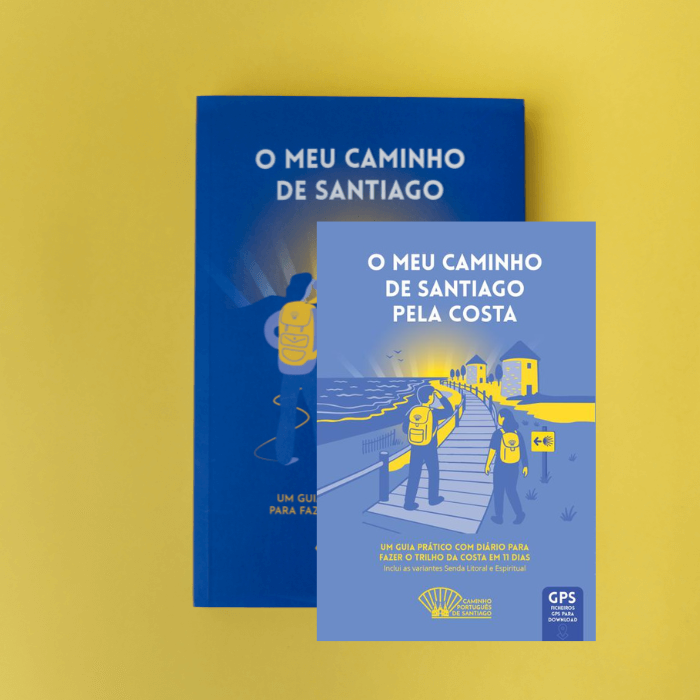
If there's one thing we've learned to manage with passion over the years, it's our Portuguese Camino de Santiago community - today with more than 100,000 pilgrims sharing their experiences, doubts and achievements. It was on the basis of this collective knowledge that we created the guide "My Camino Camino de Santiago" and the guide "My Camino Camino de Santiago along the Coast", two true travel companions.
We've put together practical and detailed information for each stage, dynamic maps, recommendations for sleeping and eating, a complete list of what to bring, and even reflections and questions for personal writing, because we believe that the Camino is done with the feet... but also with the head and the heart. You can order yours here.
7. Food and Energy
Staying hydrated and energized is essential for tackling the stages of the Camino. Take light, nutritious food that you can eat easily while you walk.
- Small energy snacks (nuts, cereal bars, etc.).
- Sufficient water for each stage (check the water points on the route).
8. Final Tips
These final tips are a reminder to make the most of the Camino. Traveling light, being prepared and keeping an open attitude are the main ingredients for an unforgettable experience.
- Travel light: The golden rule is simplicity. Only take what you're really going to use.
- Train beforehand: Walk with your backpack and shoes to get used to it. For detailed tips on how to prepare yourself physically for the Camino, check out this complete article on physical preparation.
- Connect: The Camino is as much about the people you meet as it is about the destination. Join our Facebook community of over 90,000 pilgrims, where you can answer all your questions, share experiences and find inspiration for your journey. Click here to join the group.
9. Frequently Asked Questions about what to pack for the Portuguese Camino de Santiago
Ideally, the total weight should not exceed 10% of your body weight. For example, if you weigh 70 kg, try to make your backpack weigh no more than 7 kg, not including water. The lighter it is, the easier each stage will be.
A backpack of 30 to 40 liters is enough for the Portuguese Way. In summer, 30 liters is enough; in winter, 40 liters gives you room for warmer clothes. The most important thing is that it has lumbar support, padded shoulder straps and fits your body well.
Take clothes for 2 or 3 days and wash them along the way. Give priority to technical t-shirts, light pants and seamless hiking socks. Avoid cotton as it takes a long time to dry. Remember: the trick is to pack light and choose functional items.
In public hostels, a light sleeping bag or sheet bag can be useful. If you're staying in private hostels, a travel cover sheet will suffice if you really want to ensure more comfort, because it's not necessary as they all provide clean bedding.
For the Portuguese Way, we recommend hiking shoes. They're light, breathable and ideal for the type of terrain you'll encounter. Mountain boots are too technical and heavy for this route. Always take worn, comfortable shoes and include a pair of slippers for resting.
They're not compulsory, but they help a lot. They distribute the weight, relieve the knees and give more stability, especially on descents or long days. If you're flying, choose foldable poles for easy transportation.
It carries the essentials: toothbrush and toothpaste, biodegradable soap, microfiber towel, sunscreen, lip balm and a small first aid kit. It also includes an anti-friction cream, which makes all the difference on long walks.
Your feet are your most precious possession. Keep them dry, change socks during the day if necessary and apply anti-friction cream before you start walking. If blisters appear, treat them immediately to avoid infection.
A head flashlight, power bank, reusable bottle, pocket knife and a few clothes pegs are all useful. Everything you add should have a clear purpose, because every gram counts
Opt for light, energizing snacks such as nuts, cereal bars and fruit. Water is essential, but you don't need to carry too much, as there are fountains and cafés along the way where you can refill.
Yes, it's highly recommended. Walk with the backpack and shoes you're going to wear to get used to the weight and posture. This will prevent pain and blisters during the first few days of the Camino.
Carrying too much. The Way teaches you to simplify and you'll quickly realize that you need much less than you think. The essentials are light, practical and functional.
Best-selling products
-
Credential Kit + Pilgrim's Shell
10,00 € -
Portuguese Coastal Path Guide - PRE SALE
22,00 € -
Pilgrim Credential
5,00 € -
My First Path" kit
The original price was €32.00.27,00 €The current price is: €27.00. -
My Camino de Santiago" guide
22,00 €

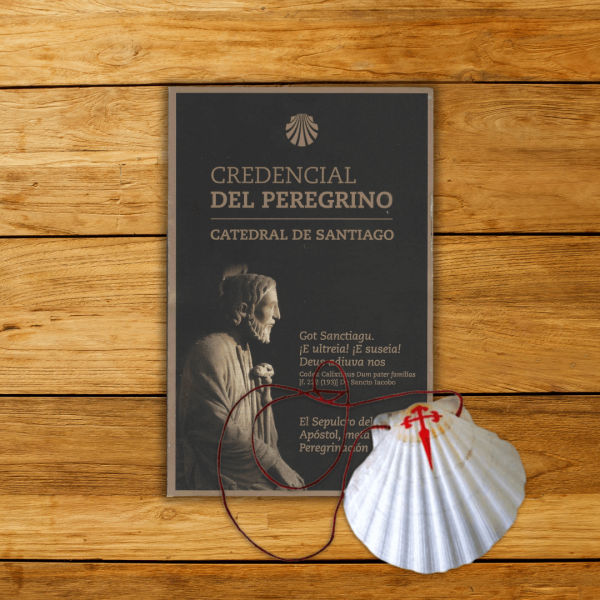
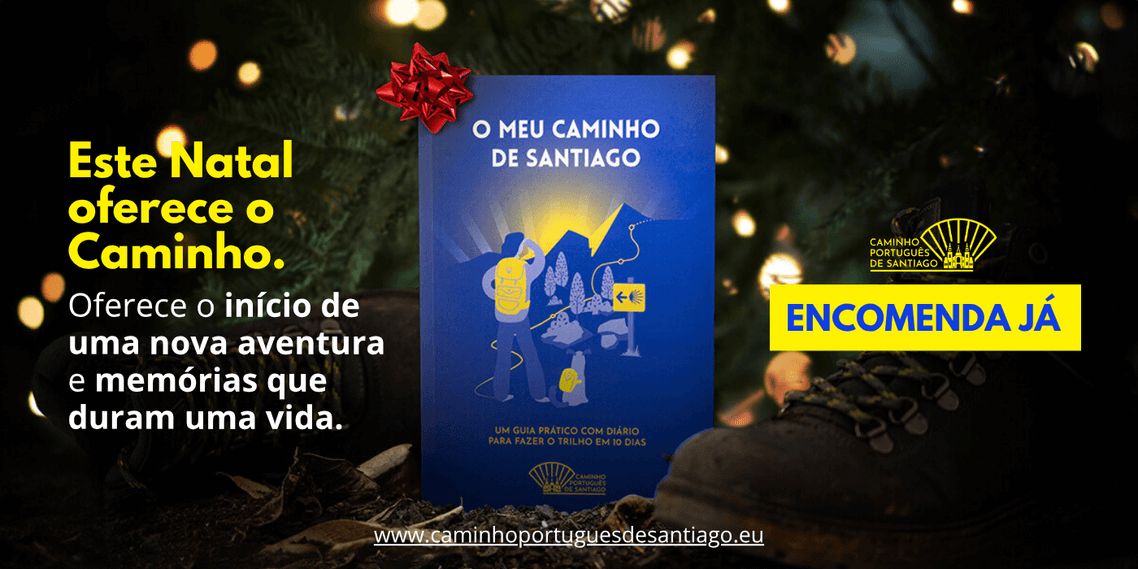
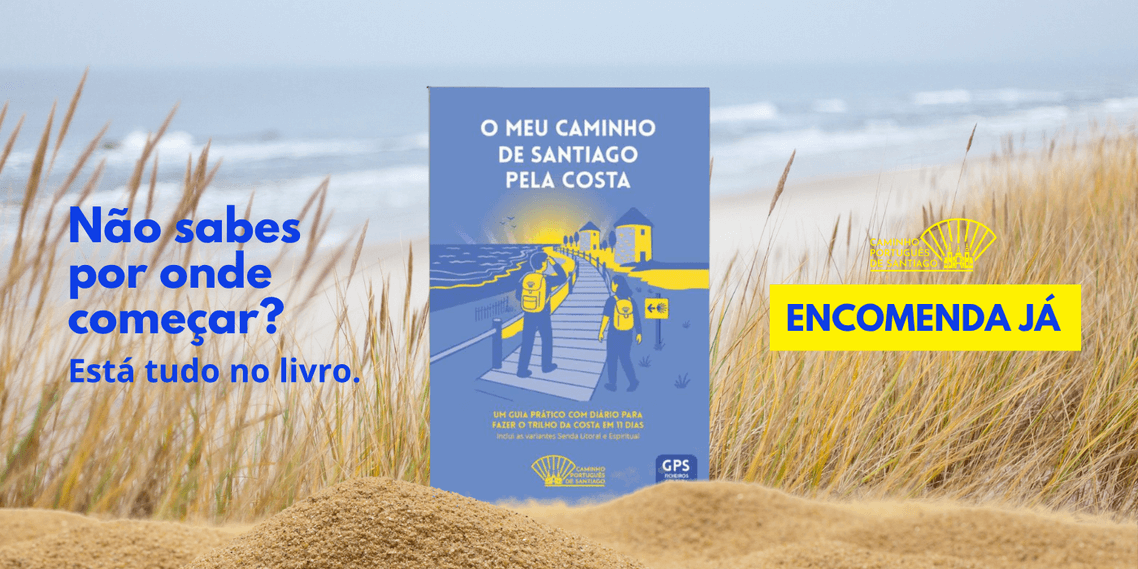
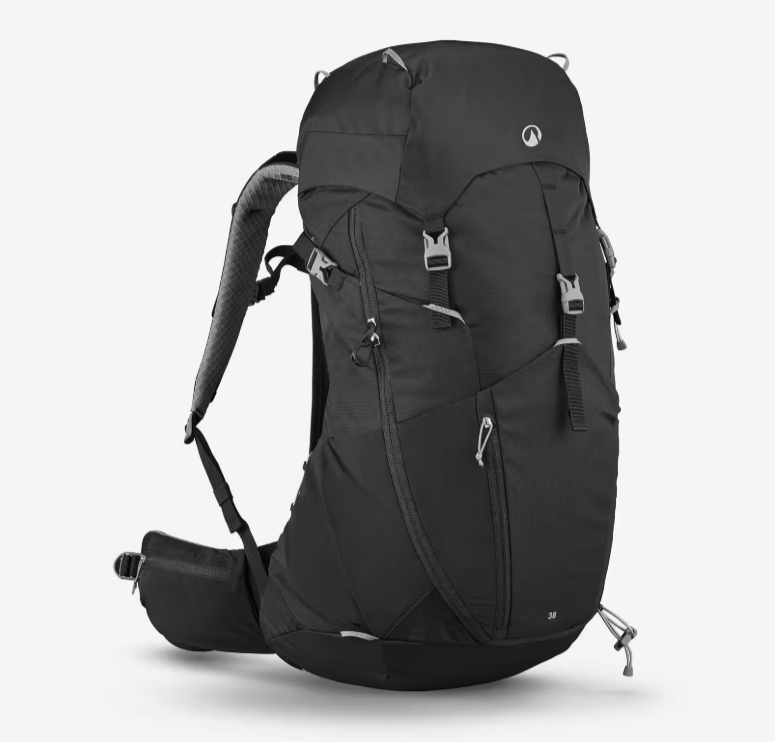
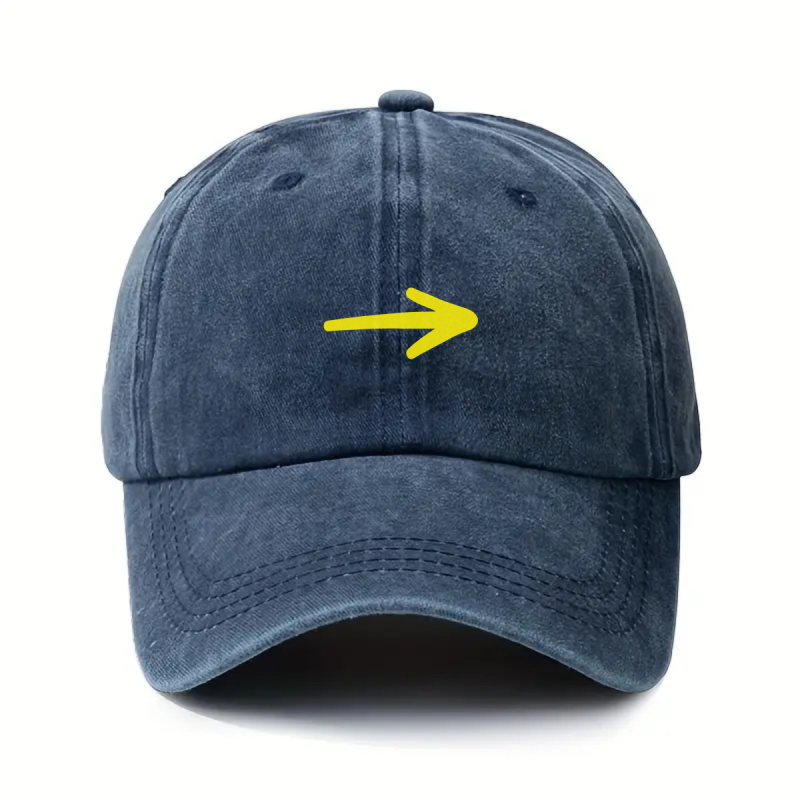

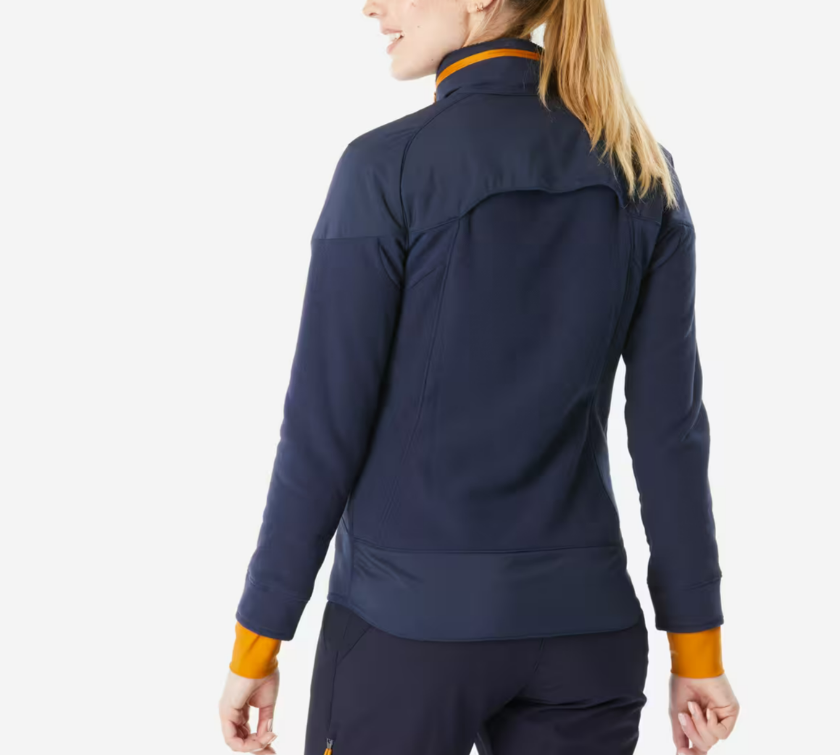
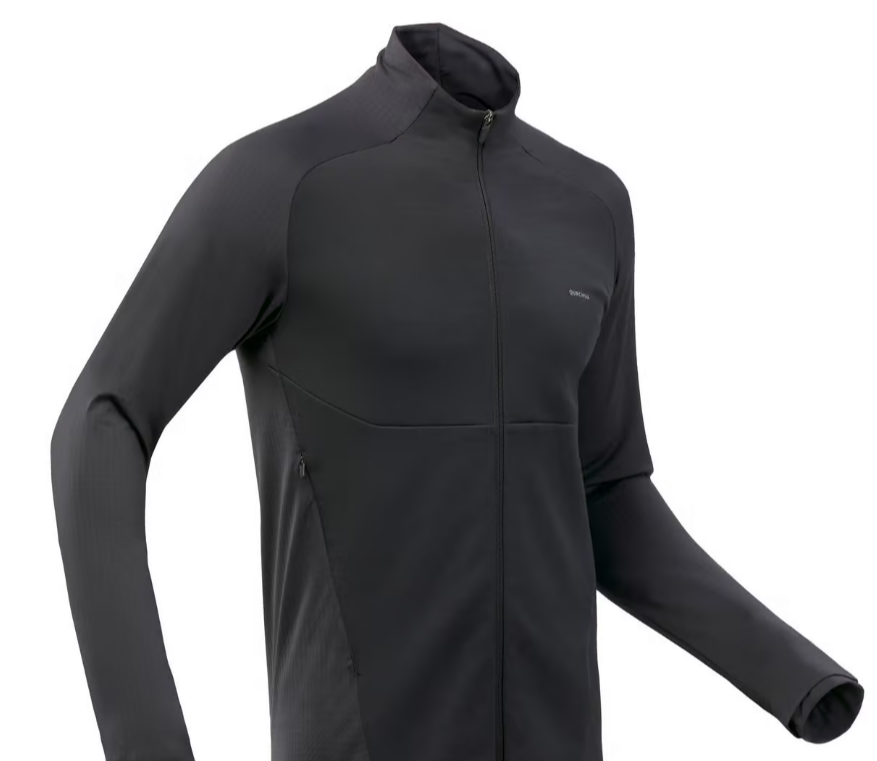
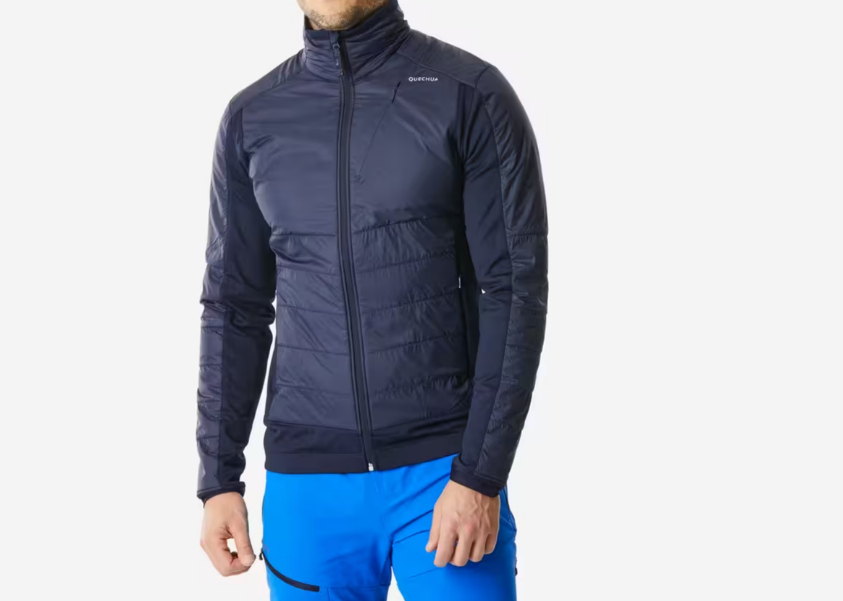
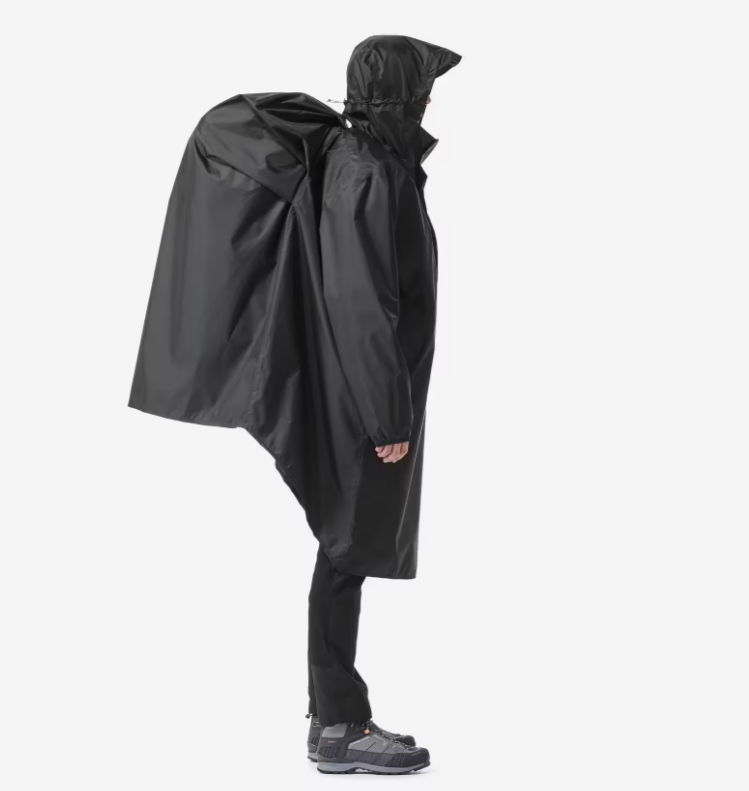

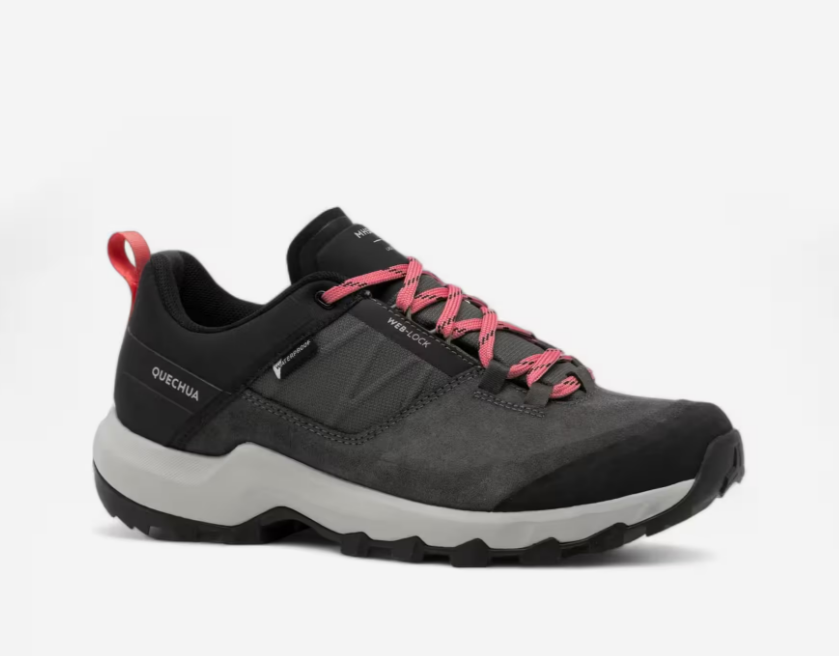
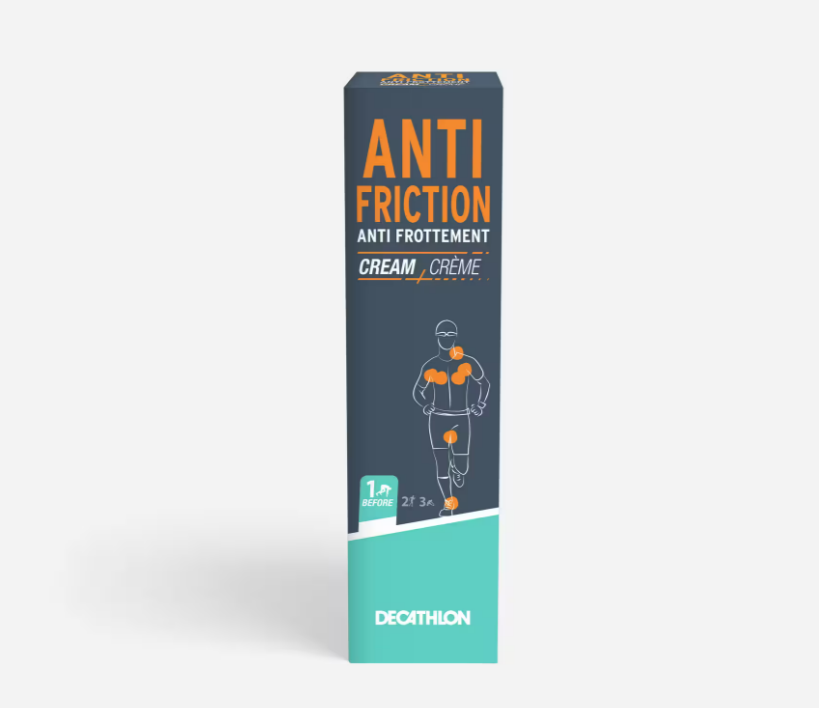
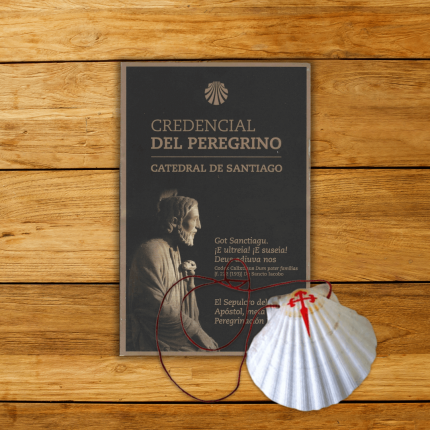

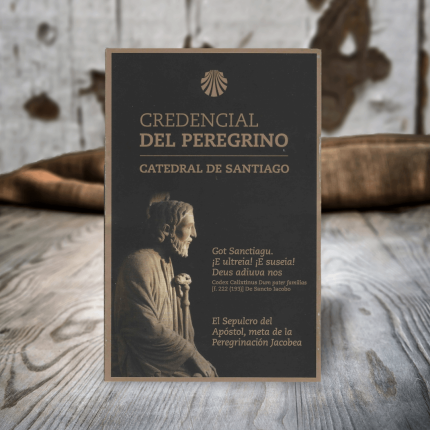

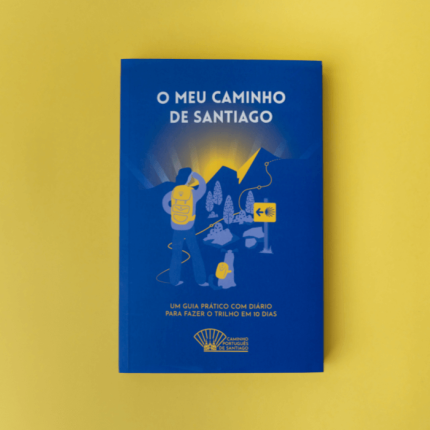
Information about the pilgrimage.
Month of September
Hi Olivia, when are you going to do the route? And where are you leaving from?
I'm also doing the route in September 22...
Good information, I'd like more details.
Hi, I'm traveling from Valencia with a 22 year old baby.
Months stroller? Or backpack? We're doing the route in October and haven't yet decided how to transport the little one.